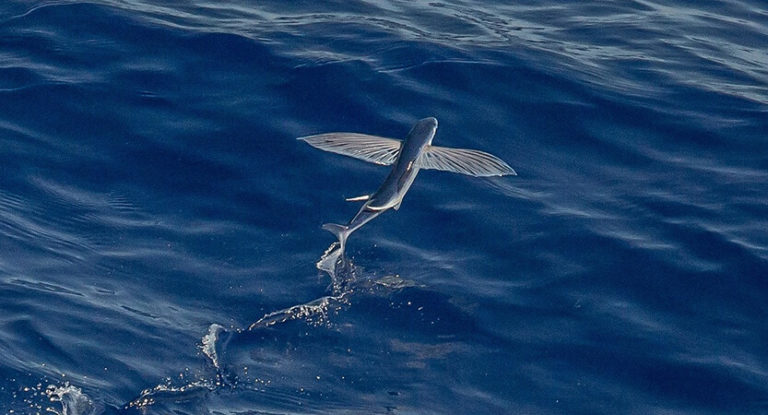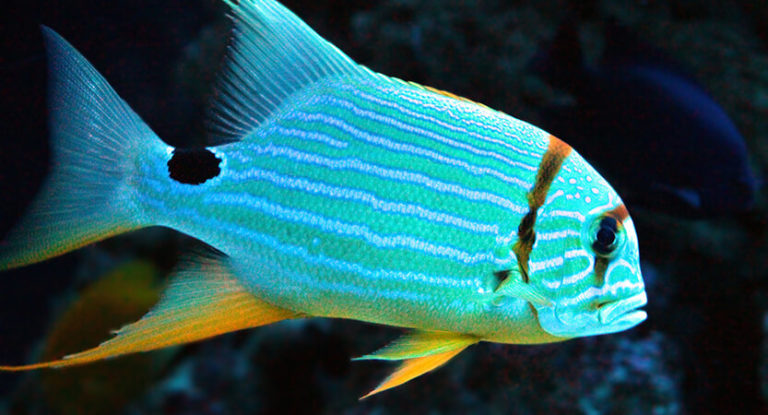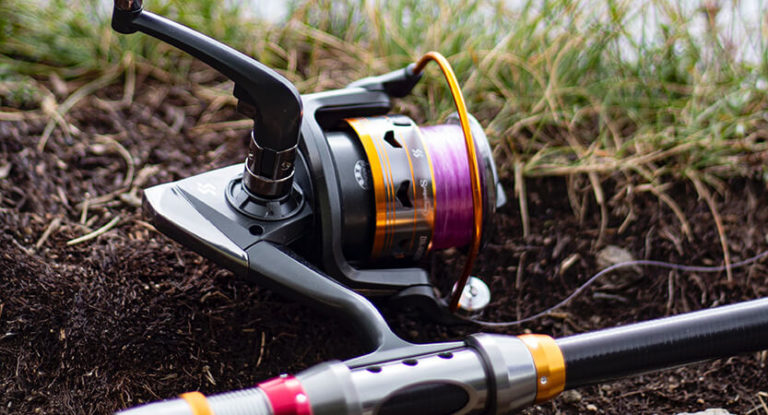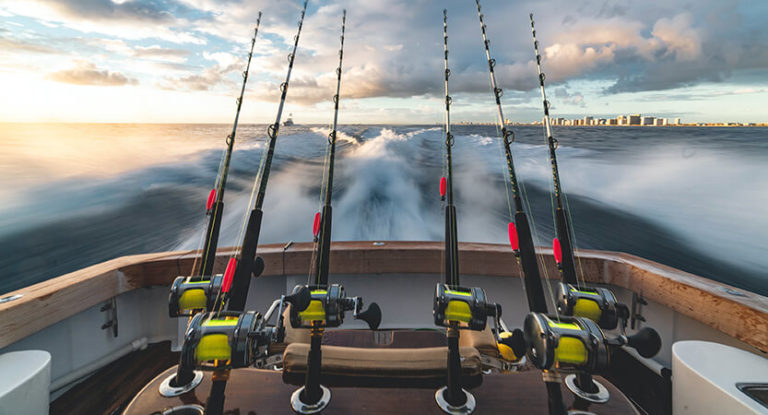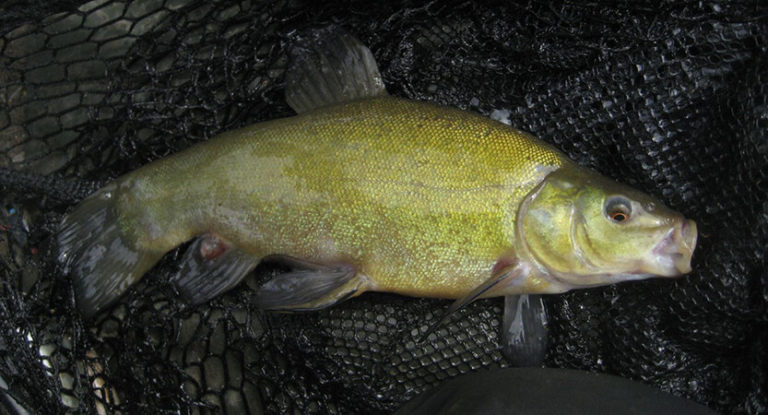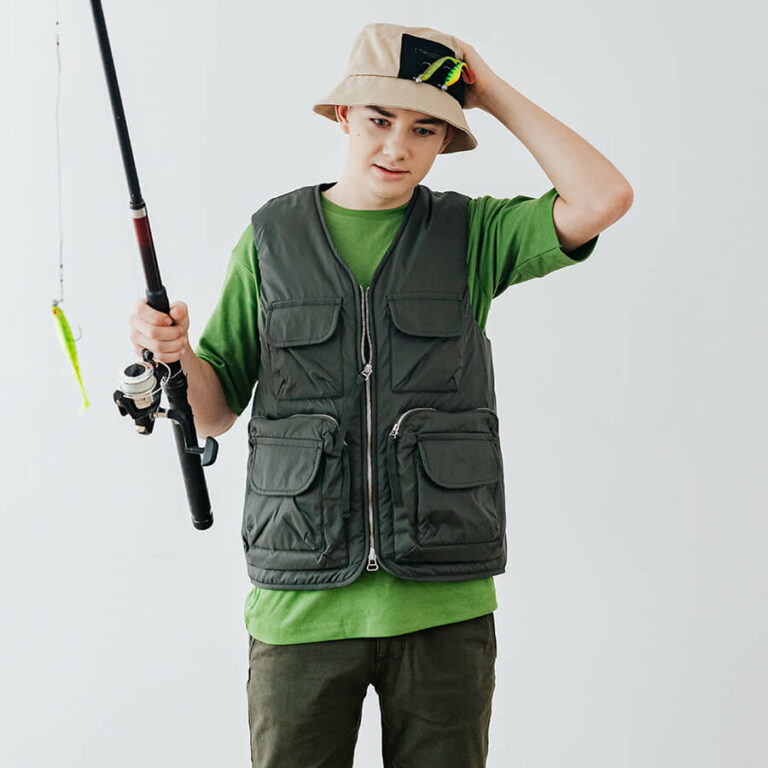Cuttlefish belong to the family of cephalopod molluscs and live in temperate waters such as tropical and subtropical. In the Mediterranean, professional fishing for cuttlefish takes place with nets and traps. Instead, in fishing from the shore or from the boat, the technique for capturing them is eging.
The layer of water where cuttlefish live is the closest to the bottom or in the submerged rock walls, the depth to which they live varies from one meter to over 100 meters. These cephalopods can reach the maximum length of 30/35 cm. Cuttlefish generally eat small crustaceans, crabs and shrimps are their main meal along with small fish.
Here is an overview of the content of this tutorial, feel free to jump to any section you care about:
For more fishing instructions, take a look at these popular Trizily links: Squid Fishing, Bass Fishing.
- The 7 best spinning reels 2022
- The 9 best lures for bass fishing 2022
- The 7 best fishing sunglasses 2022
- The 10 best fish finders for the money 2022
Cuttlefish: characteristics and habits
Characteristics of the cuttlefish
The cuttlefish has a crushed and oval body, the shell inside has the same shape. This inner shell is known as “cuttlefish bone” once used in medicine. The trunk is surrounded by a sort of skirt that has the function of a fin.
On the head around the mouth, the cuttlefish has 8 tentacles, two of which are longer, more flexible, used to catch the prey. At the center of the tentacles is the mouth, in it is present with a very sharp tooth, similar to the beak of a parrot, with which it manages to feed itself.
Under the mouth has a siphon, this is used to swim in the opposite direction, with a lightning speed if you feel threatened. The coat is particular, the cuttlefish like the other cephalopods has an incredible ability to camouflage, in fact manages to take the color of what is around in a few moments.
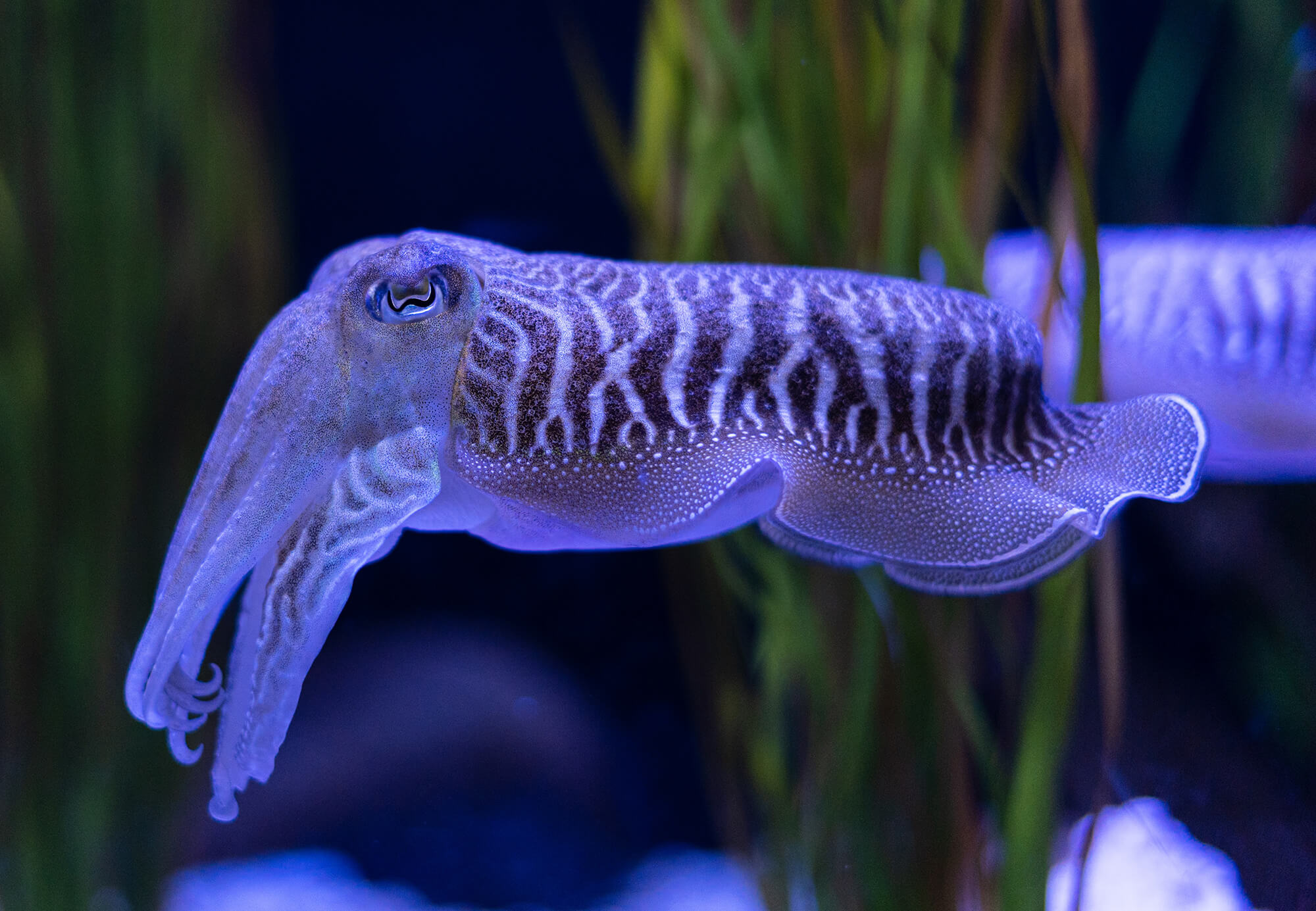
How to reproduce the cuttlefish
Reproduction takes place at the beginning of spring. The males, recognizable by the white band present in the fin that surrounds the trunk, start the courtship by assuming a coloring of the zebra coat. Through this “dress”, the female cuttlefish understand the intentions of mating. In turn, the females make it clear that they are willing to mate.
Once the “courtship ritual” is completed, the actual coupling takes place. The two cuttlefish unite against the face and intertwine the tentacles. The male inserts the fourth tentacle inside the female cuttlefish and transfers the seed into the ovaries.
After fertilization, the female has a task, that of giving protection to the eggs before laying them, all this takes place internally. Once the egg protection process is complete, it is time to deport them. The female will choose a safe, clean place, where the water circulates continuously, in order to ensure its hatching.
We point out that even today curiosities emerge and others will emerge, thanks to studies carried out on the behavior of cephalopods. The paragraph on mating is a synthesis to give an idea to those like me who do not study biology but are fond of fishing.
Cuttlefish fishing: techniques, baits and tips
Now let’s see how to catch the cuttlefish, this paragraph will be focused on sport fishing at this cephalopod. The most used technique both for shore fishing and boating is Eging. Widespread in Japan, the Eging has also taken hold in our parts, so much so that companies now produce and import an innumerable amount of dedicated equipment.
By this I do not mean that cuttlefish fishing was not practiced beforehand properly. Like all types of fishing, fishing with totanare has also evolved. The companies have improved the Egi (totanare) in primis, they are dedicated to the development of rods and reels using the latest materials available to them. I do not want to bore you so let’s go straight to the point. Let’s find out what the characteristics of this type of fishing are.
Eging to sepia: the technique
Fishing with Egi can be defined as a branch of spinning focused on the capture of cephalopods, in particular cuttlefish and squid. The best time for cuttlefish fishing is spring together with autumn.
As for the squid, instead the period is the full winter, in fact these with the winter temperatures pull together to lay eggs but we’ll talk later. The frame is very simple to braided coil will connect a piece of fluorocarbon max 0.25 / 27, to this we will tie a small release like those from spinning.
Cuttlefish fishing at Eging basically consists of throwing the totanara and slowly retrieving it. After launching the bait at sea, we have to wait a few seconds to get it to the bottom. Once on the bottom we will have to maneuver the hegi with slow recoveries, with various stops. Every now and then to better attract the attention of the cuttlefish, it is better to give light jerkate so as to give a more showy movement and in case it is equipped with rattle, to attract more cephalopods in the area.
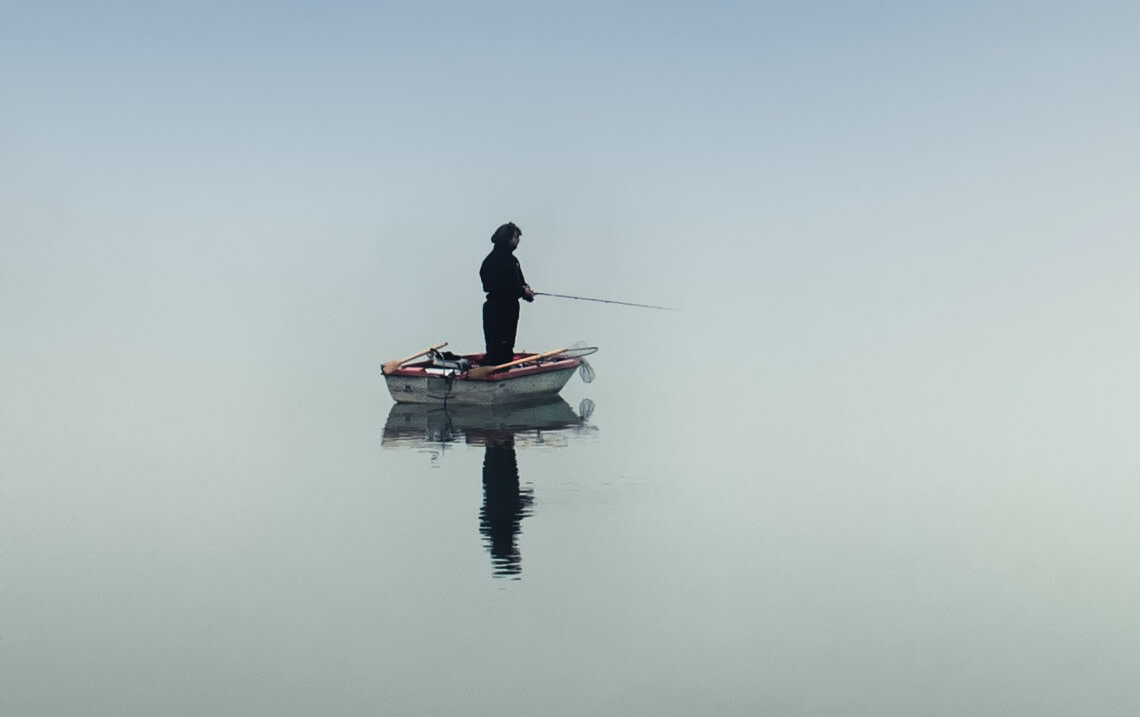
The spots to catch cuttlefish in shore fishing are many, we can in fact range from fishing in port, in natural and artificial reefs, on the beach and even in the lagoon. Often if the water is not cloudy we will be able to fish on sight and bring the egi to the cuttlefish moving it to stimulate the attack.
Other times, as from the beach and in port if you are probing sectors distant from the dock, we will have to rely on the sensitivity of the rod to feel the attack that will not always be nervous and lightning. Otherwise we will feel a weight gain during recovery and if we are struggling with size specimens we will also feel fairly insistent pull in the opposite direction.
The recovery of the prey must take place in a sweet and slow way without tearing. In fact, the tentacles are very delicate and easily lacerated. As soon as we realized we had the prey in the reed we recover with caution. If we fish from a high point it is better to have the landing net. Advice for the recovery of prey are also valid for squid fishing. One piece of advice, keeping the crown of the seaweeds clean and the remains of tentacles clean, otherwise rarely if we will never see an attack.
Bait for cuttlefish and squid: the new totanare
As already mentioned, the bait used for cuttlefish fishing is egi. This artificial lure imitates a shrimp or a small fish. We can find 2 main forms, the most famous and classic are those in the shape of a shrimp, the others resemble a fish. These have the plastic body covered in fabric. The coating simulates the consistency of the shell of a shrimp or the scales of a fish, this is essential to prevent the cuttlefish or the squid become aware of the deception.
We can find totanare on the market even without coating, the peculiarity of these artificial bait for cephalopods are the colors and textures. On the front we can find a lead attached to the body. The weight of the lead, depending on the size of the body will determine the Sinking Rate, in almost all models will be specified even in how many seconds it will sink by one meter.
A heavier Egi will be useful in situations of strong current, for greater stability and be as natural as possible. Just before the eyes we will find some silk mustache or similar materials, these simulate the antennine and the legs of the shrimp. Eyes vary in color based on the models. The tail ends with very sharp crowns, where the tentacles will be entangled.
Inside the best models, we can find a system of sound recall, the rattle.
The rattle allows small spheres inside the artificial to bump into each other and emit sounds at frequencies around 600Hz. In this system the spheres are made of stainless steel, an essential material to reach that frequency range. 600Hz is the optimal frequency to attract cephalopods. Thanks to some studies, experts in the field have come to the conclusion that cephalopods are able to perceive sounds at frequencies between 400Hz and 1400Hz.
To recognize the magnitudes of these artificial there is a specific way, we can recognize it on the basis of the numbers shown on the package or sometimes even on the lead placed at the head. Attention, however, do not correspond to grams, these are the numerical abbreviations to recognize them: 2 / 2.5 / 3 / 3.5 / 4. The largest and heaviest measurements are used more often with very pronounced backdrops.
Egi: the importance of coloring
The colors as in all the spinning lures, have a fundamental importance so it is useful to understand how to use them. First we will have to choose some totanare with very bright and vivid colors. The colors for which the cuttlefish are crazy are, orange, red, purple, green and the colors that reflect the light. It is not a rule, in fact the colors to choose are based on the day, sunny, cloudy and turbid water and more generally based on the spot. The novelty or the evolution, is largely in color, in addition to the rattle and various precautions.
The colors of the new totanare are much brighter and the quality is much higher. The designs are added to the color, even these do their part I would say fundamental. For night fishing and in light conditions such as sunrise and sunset, we can count on hybrid models with excellent colors for fishing by day, but with the addition of fluorescent bands. So we can load these fluorescent bands through UV torches, every 5/6 throws.
Let’s talk about prices, to have a good quality egi we have to spend from 7 usd up, in exchange we will have beautiful colors, beautiful designs and above all more salt the price will be an Egi with all the “optional”, then more catchy. The catches, if you choose the right situation will be multiple, so be amazed with as many colors as possible. Having a good eye also choosing cheap but valid totanare, will help us to complete our arsenal and to have a cheap alternative.
Cuttlefish fishing equipment: rods and reels
The specific reeds from eging are usually two-piece rods with a length between 1.80m and 2.50m. In those dedicated we can also find the egi measure for which it is suitable. For cuttlefish fishing we can also use very light spinning rods, however the sensitivity of a specification from eging will be different. As with all other spinning rods, the most performing material is carbon. The rings must be of quality, suitable for braided lines.
The cephalopod fishing reels should not have special characteristics. The recommended size is a 2500, the important thing is that it is well balanced with the rod that we are going to use. We load the coils with braided thread of good quality and fairly fine 0.10 / 0.15 will be fine to carry even long casts.

